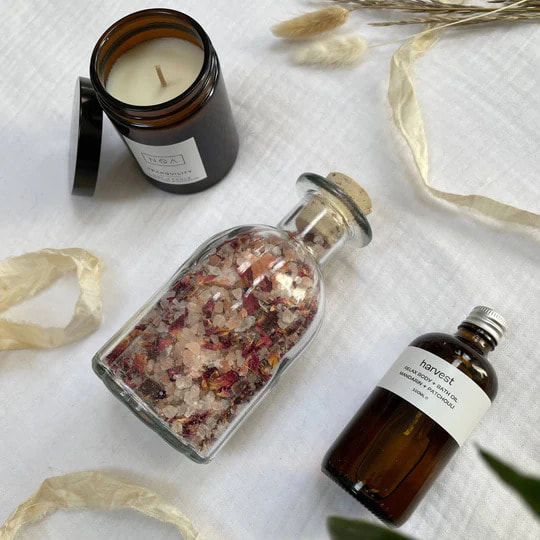Personalised Baby Gifts - What Do These Stats Really Imply?
페이지 정보

본문
2. Light: As mentioned earlier, different houseplants have different light requirements. Make sure to place your plants in an area of your home that receives the appropriate amount of light for their specific needs. If your plants aren't getting enough light, consider investing in a grow light to supplement their natural light.
Another key factor to consider when choosing houseplants is the amount of care and maintenance they require. If you have a busy schedule or are new to plant care, opt for low-maintenance plants that require minimal watering and attention, such as pothos, succulents and cacti. On the other hand, if you enjoy tending to your plants and have the time to dedicate to their care, you may prefer more high-maintenance plants that require regular watering, pruning and fertilising, such as orchids, fiddle-leaf figs and peace lilies.

Contemporary garden design often combines elements of art, architecture, horticulture, and ecology, in a seamless integration of form and function. Designers work with a diverse palette of materials, plants, and techniques, to create gardens that are both aesthetically pleasing and ecologically responsible. Water conservation, native plantings, wildlife habitats, and organic gardening are just a few of the key considerations in contemporary garden design.
In the 20th century, garden design continued to evolve with the emergence of modernist and postmodernist movements, influenced by changing social, cultural, and environmental factors. Modernist gardens, such as those designed by Gertrude Jekyll and Lawrence Johnston, sought to blend art, architecture, and nature in a harmonious fusion of form and function. Postmodernist gardens, such as those created by Charles Jencks and Martha Schwartz, embraced irony, playfulness, and eclecticism in a bold departure from tradition.
In recent years, houseplants have seen a surge in popularity among homeowners in the UK. From Instagram influencers to interior design magazines, it seems like everyone is jumping on the houseplant bandwagon. And it's no wonder why - not only do houseplants add a touch of nature and beauty to our indoor spaces, but they also offer a range of health benefits. In this article, we will explore the world of houseplants in the UK, from choosing the right plants for your home to caring for them properly.
In conclusion, the history of garden design in Britain is a testament to the enduring power of nature and the human desire to create beauty and order in the world around us. From the formal gardens of the Tudor era to the wild landscapes of the Romantic period, the evolution of garden design in the UK has been shaped by a diverse range of influences and continues to inspire and delight us to this day.
One of the most famous examples of Stuart garden design is the gardens at Versailles, which were designed by the renowned landscape architect André Le Nôtre. These gardens were laid out in a series of formal patterns, with grand avenues leading to ornate fountains and statues. The gardens at Versailles set a new standard for garden design in Europe, and their influence can still be seen in many British gardens today.
Tropical houseplants originate from tropical regions around the world, such as Southeast Asia, South America, and Africa. These plants thrive in warm, humid environments with plenty of light, making them well-suited for indoor spaces. Tropical houseplants come in a wide variety of shapes, sizes, and colours, from large, leafy palms to tiny, delicate orchids.
Tropical houseplants offer a wealth of beauty and benefits, making them a fantastic addition to any indoor garden. Whether you're looking to purify the air, boost your mood, or simply brighten up your space, tropical houseplants can help you achieve your goals.
The role of the garden designer has also evolved in response to changing social, cultural, and environmental trends. Designers must now be knowledgeable about a wide range of disciplines, from horticulture to ecology, architecture to engineering, to create gardens that are both beautiful and sustainable. Collaborations with architects, artists, scientists, and community stakeholders are also common in contemporary garden design, as designers seek to create spaces that are integrated into their surroundings and serve multiple functions.
Not only do houseplants improve air quality, Personalised Gifts but they also have a positive impact on our mental health and well-being. Studies have shown that being in the presence of plants can reduce stress and anxiety, improve mood and increase productivity. The simple act of caring for a plant can also provide a sense of purpose and fulfilment, as well as a connection to nature in our often busy and technology-driven world. By creating an indoor green oasis with houseplants, you can create a calm and soothing environment that promotes relaxation and mental clarity.
- 이전글안전토토사이트 【먹튀센터】 토토사이트 검증사이트 TOP 8 꽁머니 24.10.01
- 다음글Why Asbestos Cancer Attorney Is Fast Becoming The Hottest Trend Of 2023 24.10.01
댓글목록
등록된 댓글이 없습니다.

